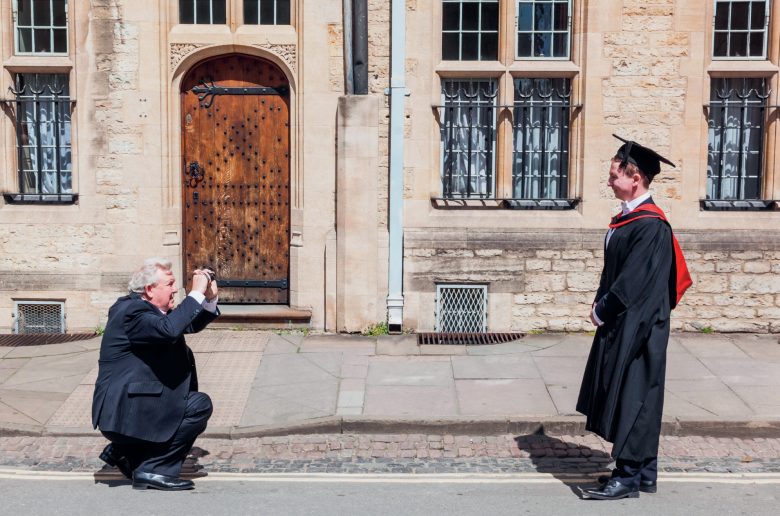
We are all aware that schools in Britain do not share the same profile of pupils – either by social class or ethnicity. These disparities in intake are often linked to different outcomes in performance. Here, John Coldron takes a detailed look at how and why British schools are segregated. He concludes that it is not simply ‘market forces’ or the greater skills of middleclass parents that result in many middleclass children being educated in ‘better’ schools, but that working-class parents also contribute to educational inequalities, albeit for understandable reasons. Given that the government is in the process of changing the selection criteria for school admissions, this article is extremely important in its examination of the social forces at work in the distribution of children among differently-performing schools. A good grasp of the content of this article will enable you to display the skills of analysis and evaluation when answering questions on class differences in education.
The outcome of the schools admissions process in England tends to be that children are segregated in a variety of ways. Crucially, children from more affluent families with more highly educated parents in higher-status occupations tend to be educated separately from those whose parents are less affluent, less well educated and have lower-status jobs.
Your organisation does not have access to this article.
Sign up today to give your students the edge they need to achieve their best grades with subject expertise
Subscribe




